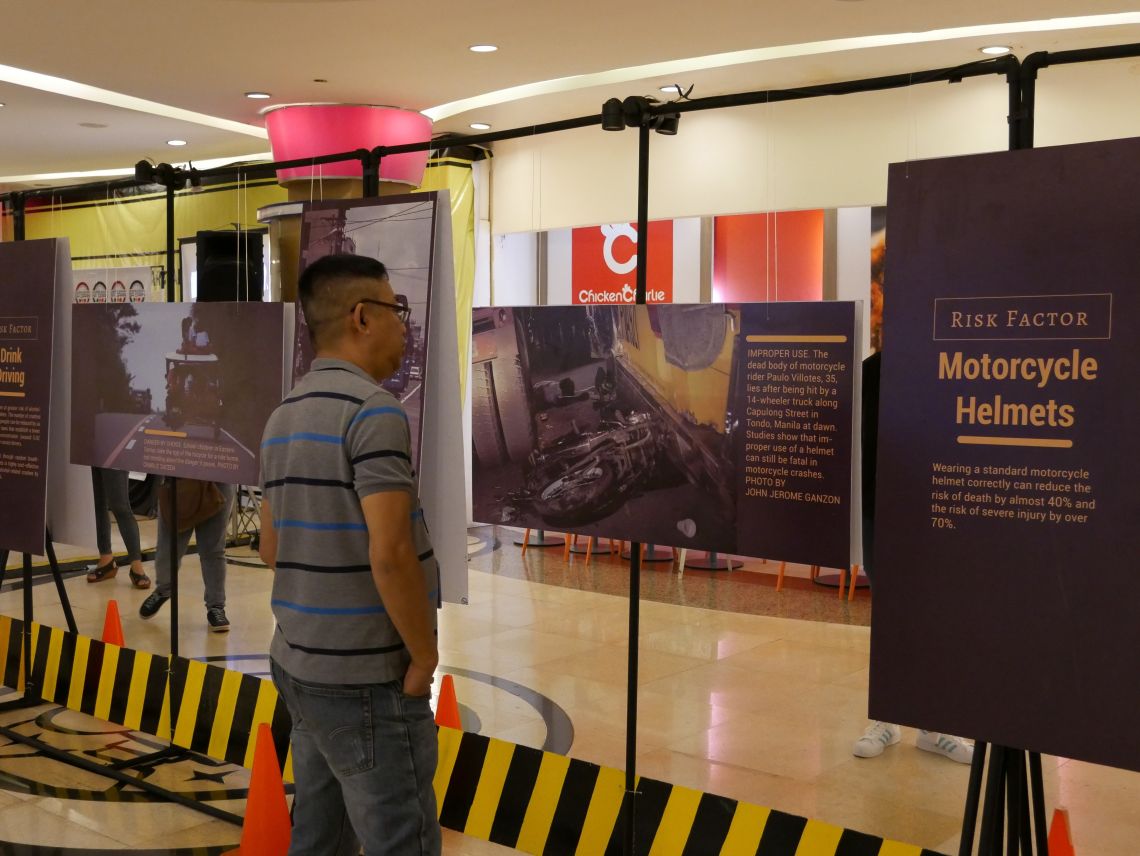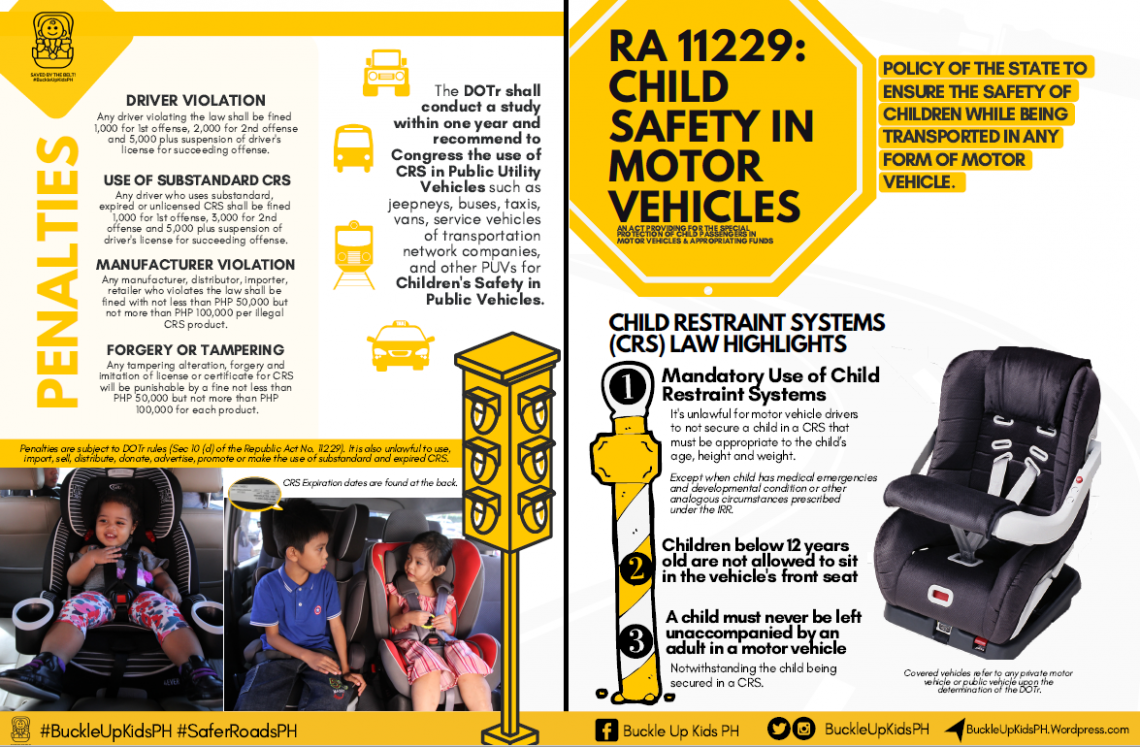Roads tell stories.
Passengers of a speeding bus die or are injured after the vehicle skids on a highway. On the road, a motorcyclist without a helmet suffers serious head wounds during a crash while a pedestrian is killed by a wayward car with defective brakes.
These and other stories are called to mind as nations observe today, Nov 18, the World Day of Remembrance (WDR) for Road Traffic Victims. The WDR is commemorated annually every 3rdSunday of November. This year’s theme is ‘Roads have Stories’.
With this theme, the commemoration implies “roads are more than just physical connections from point A to point B, that they are also final resting places for so many lives cut short,” according to the European Region of the World Health Organization (WHO).
In the Philippines, where road traffic crashes are among the leading causes of death, a coalition of road safety advocates organized a photo exhibit to raise public awareness of the factors that cause collisions on the road and how they can be prevented.
The Global Road Safety Partnership (GRSP) coalition launched the exhibit on Nov. 16 at the Eastwood Citywalk. The exhibit will also be mounted at the Philippine Senate and at the House of Representatives Nov 26-28.

Quezon City Vice Mayor Joy Belmonte joins advocates at the opening of the photo exhibit.
Transportation Undersecretary Mark De Leon said his office is pushing for the setting up of a unit dedicated to road safety. “That way, all road safety efforts are sustained, including funding programs and policies,” he said at the launch of the photo exhibit.
For his part, Quezon City Councilor Alexis Herrera III said: “Quezon City has the most number of road networks in Metro Manila. That is why we, the city government, are assuring you that we will continuously come up with policies and guidelines that we will be able to minimize, if not eliminate, these road crashes.”
Quezon City reported the highest number of road crashes in 2017, pegged at 35, 494, according to a study from the 2017 Metro Manila Accident Recording and Analysis System (MMARAS).
The study said 6,084 people were affected in those road crashes in the city, killing 136 people and injuring 5,948 last year.
The exhibit aims to inform the public of the five behavioral risk factors in road safety – speed, child restraints system (CRS), helmet use for motorcyclists, driving under the influence (DUI), and seatbelt; as well as the five pillars of the Philippines’ Road Safety Action Plan: Improved Road Safety Management, Safer Roads, Safer Vehicles, Safer Road Users, and Improved Trauma Care and Rehabilitation.

The fatal consequences of failing to use motorcycle helmets properly are on display in the exhibit.
“We believe that speeding is the most significant road safety risk factor. The faster you go, the slower your reaction time, and also, the greater the result of injury. That is why we are adamant in getting our LGUs (local government units) involved in enforcing speed limits,” said Atty. Sophia San Luis, Executive Director of Imagine Law, a non-profit public interest law organization.
The WDR for Road Traffic Victims was launched 25 years ago primarily to provide road traffic victims a platform to share their emotional suffering with fellow bereaved and injured all over the world.
With this, the WHO said, celebrating the memories of those whose lives were lost or were severely injured, establishes the right to demand responsibility from all road users and government specifically for preventive measures and serious post-crash response.





